Replacing Mass with Science
As a sub base system for athletic fields, Ultra Base Panels excel for their ability to function as both a foundation and drainage system. They allow organizations to build synthetic turf field in days instead of weeks or months and add a level of advanced performance and safety that the players love.
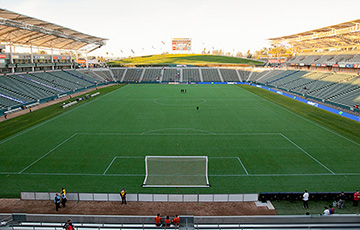
Soccer Fields
Ultra Base's easy-to-install, ecologically friendly system meets or exceeds safety and performance criteria demanded by the world’s top soccer organizations. From full-size fields to five-on-five mini-pitches, we do it all.
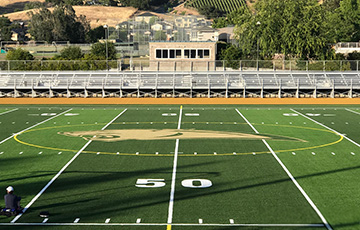
Football Fields
With Ultra Base systems, synthetic turf football fields can be built in days...not weeks. Plus, they drain faster, protect better and provide a surface that outperforms virtually every other surface.
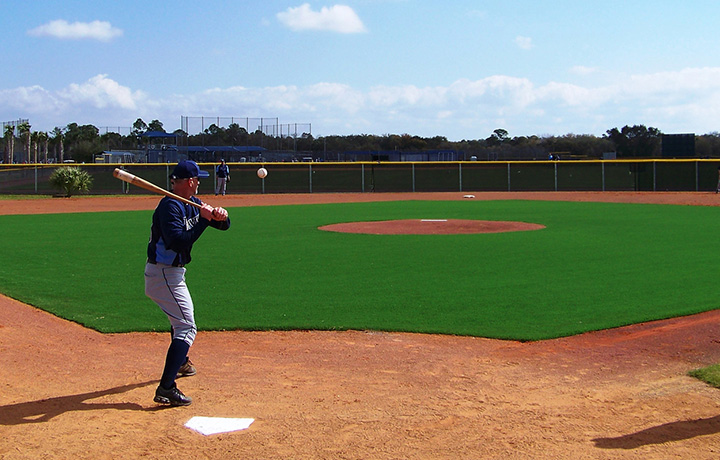
Baseball Fields
Synthetic turf baseball fields built on Ultra Base systems feel great underfoot and feature ball bounces and rolls that are just like real grass. Plus, their excellent drainage capabilities make rainouts a thing of the past.
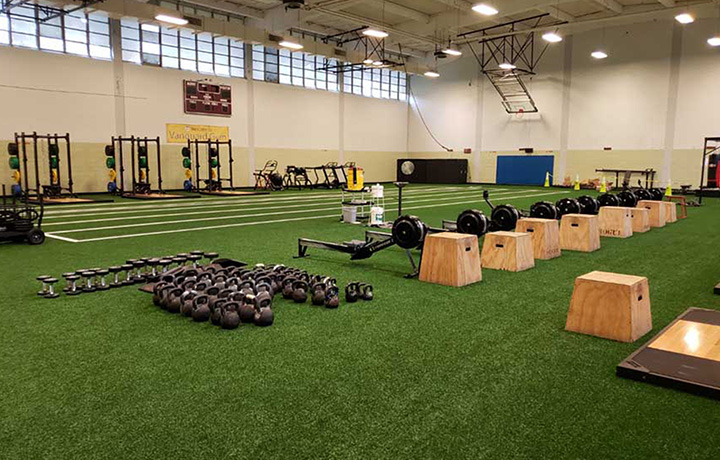
Training Facilities
From golf teaching academies, soccer camps, and pro football training facilities all the way to the US Army combat training fields, Ultra Base has earned its stripes as the best training foundation on the market.
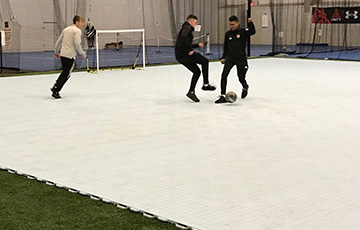
Futsal
As the official court of United Futsal, Ultra Base Systems has revolutionized the sport of futsal by allowing one to transform any surface into a playable, professional futsal court.
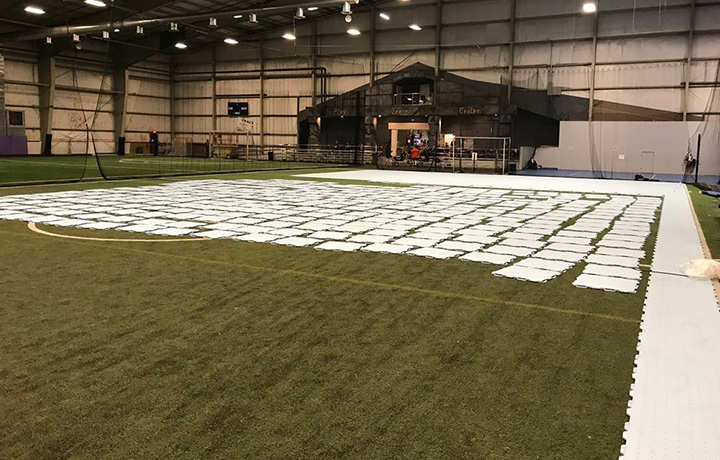
Turf Conversions
If you are a facility manager looking for new revenue streams, or just looking to covert your turf field into deck hockey, basketball, futsal or virtually any other court activity, then check out the Ultra Base way.
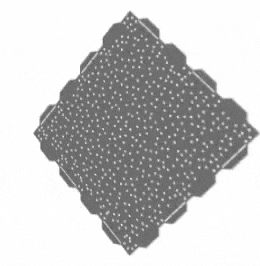
Get Started with Ultra Base Today
Talk to an Ultra Base team member today to discuss your project, application, and pricing options. Our experienced team will ensure you're choosing the right Ultra Base product for your application.

